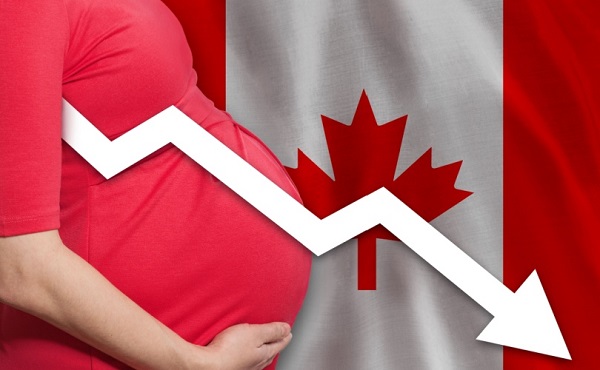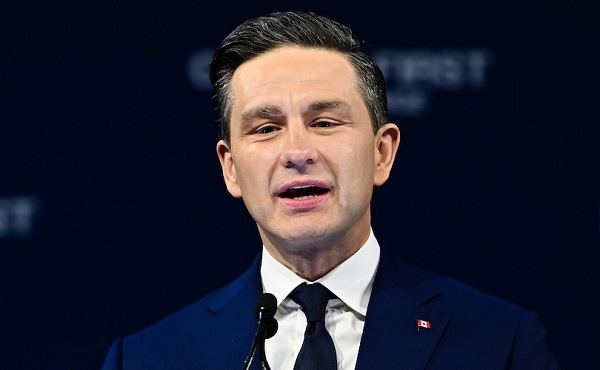Business
Taxpayers spent $15 million on Fauci’s private security, chauffeur after he left government
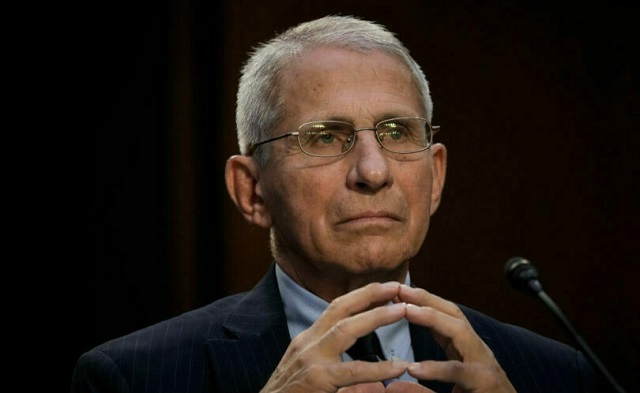
From LifeSiteNews
By Matt Lamb
“Our country is $33 trillion in debt. Taxpayers shouldn’t be paying for Dr. Fauci’s security detail, especially when Fauci was one of the highest-paid federal employees in the U.S”
American taxpayers spent at least $15 million on security and a private driver for Dr. Anthony Fauci after he left his government job.
Open the Books obtained “memorandum of understanding” covering January 4, 2023 through September 20, 2024 along with independent journalist Jordan Schachtel.
The government watchdog group said it is seeking information on if the contract is still in force. Fauci retired at the end of 2022.
The highest-paid federal employee, Fauci left the government after decades of work. For almost two years, if not longer, taxpayers spent money so he could have a private driver. This despite the fact that Fauci has an estimated net worth of $11 million and continues to profit off his experience in the government, including writing a book and speaking at events.
The exact specifics of the agreement are new. However, Republicans have previously criticized the special arrangement, after it came to light last year that Fauci continued to receive perks despite ostensibly retiring.
“When I discovered that Dr. Fauci still had a taxpayer-funded driver and personal guards after he stepped down, I felt that it was another example of Washington bureaucrats putting themselves above the American people,” Congressman Dale Strong said last year. He introduced legislation to end the special agreement.
“Our country is $33 trillion in debt. Taxpayers shouldn’t be paying for Dr. Fauci’s security detail, especially when Fauci was one of the highest-paid federal employees in the U.S,” Strong said.
The special deal comes after Fauci botched the handling of COVID-19, including by downplaying concerns it leaked from a lab in China. He also made misleading statements about the National Institutes of Health and its connection to a controversial lab in Wuhan, China.
He also made incorrect, and incredibly damaging, statements to the American public about the need for widespread lockdowns and other social restrictions and claimed that the COVID shots were both “safe” and “effective” against the spread of the virus. Faced with criticism, Fauci claimed that the attacks on him were really assaults on “science.”
As Open the Books reminds readers:
But his detractors recall a government official who led the fight to implement years-long draconian restrictions upon the American people, which devastated the fabric of U.S. society, greatly harmed the economy and caused all kinds of additional negative repercussions – including widespread learning loss among America’s youth. Fauci was never shy to advocate for lockdowns, social distancing, school closures, business closures, mask mandates, and vaccine passports from his powerful federal perch during the COVID-19 pandemic.
Senator Rand Paul, a frequent critic of Fauci, criticized Fauci’s taxpayer-funded arrangement.
“No more $ for the guy who funded dangerous research in Wuhan.,” he wrote on X (formerly Twitter).
Open the Books spokesman Christopher Neefus said the NIH has a “pattern of obfuscation when it comes to the NIH’s financial arrangements.”
“Whether it’s Dr. Fauci’s contract and full compensation, or the NIH’s multibillion-dollar royalty complex, we’ve been working for years to get full transparency,” Neefus told National Review.
Fauci’s support for the shot included going door-to-door with D.C. Mayor Muriel Bowser to browbeat residents into taking the jabs.
A PBS profile showed Bowser, who broke her own forced masking rules, going door-to-door with a crowd of people inquiring about their personal choices concerning shots.
“They need a push, a push, and a drag,” Mayor Bowser says in one clip, to Fauci’s approval, as LifeSiteNews previously reported.
Fauci, who retired at the end of December 2022, can be seen on the documentary criticizing Republican states and the people in those states in particular who declined to take the abortion-tainted jab.
“[Red states] are going to keep the outbreak smoldering in the country [because they won’t get jabbed],” he tells Bowser, who is part of the canvassing crowd. The video is from June 2021. “It’s so crazy. They’re not doing it because they say they don’t want to. They’re Republicans. They don’t like being told what to do. We need to break that.”
Business
Canada Post is failing Canadians—time to privatize it

From the Fraser Institute
By Jake Fuss and Alex Whalen
In the latest chapter of a seemingly never-ending saga, Canada Post workers are on strike again for the second time in less than a year, after the federal government allowed the Crown corporation to close some rural offices and end door-to-door deliveries. These postal strikes are highly disruptive given Canada Post’s near monopoly on letter mail across the country. It’s well past time to privatize the organization.
From 2018 to the mid-point of 2025, Canada Post has lost more than $5.0 billion, and it ran a shortfall of $407 million in the latest quarter alone. Earlier this year, the federal government loaned Canada Post $1.034 billion—a substantial sum of taxpayer money—to help keep the organization afloat.
As a Crown corporation, Canada Post operates at the behest of the federal government and faces little competition in the postal market. Canadians have nowhere to turn if they’re unhappy with service quality, prices or delivery times, particularly when it comes to “snail mail.”
Consequently, given its near-monopoly over the postal market, Canada Post has few incentives to keep costs down or become profitable because the government (i.e. taxpayers) is there to bail it out. The lack of competition also means Canada Post lacks incentives to innovate and improve service quality for customers, and the near-monopoly prohibits other potential service providers from entering the letter-delivery market including in remote areas. It’s clearly a failing business that’s unresponsive to customer needs, lacks creativity and continuously fails to generate profit.
But there’s good news. Companies such as Amazon, UPS, FedEx and others deliver more than two-thirds of parcels in the country. They compete for individuals and businesses on price, service quality and delivery time. There’s simply no justification for allowing Canada Post to monopolize any segment of the market. The government should privatize Canada Post and end its near-monopoly status on letter mail.
What would happen if Ottawa privatized Canada Post?
Well, peer countries including the Netherlands, Austria and Germany privatized their postal services two decades ago. Prices for consumers (adjusted for inflation) fell by 11 per cent in Austria, 15 per cent in the Netherlands and 17 per cent in Germany.
Denmark has taken it a step further and plans to end letter deliveries altogether. The country has seen a steep 90 per cent drop in letter volumes since 2000 due to the rise of global e-commerce and online shopping. In other words, the Danes are adapting to the times rather than continuing to operate an archaic business model.
In light of the latest attempt by the Canadian Union of Postal Workers to shakedown Canadian taxpayers, it’s become crystal clear that Canada Post should leave the stone age and step into the twenty-first century. A privately owned and operated Canada Post could follow in the footsteps of its European counterparts. But the status quo will only lead to further financial ruin, and Canadians will be stuck with the bill.
Business
Your $350 Grocery Question: Gouging or Economics?
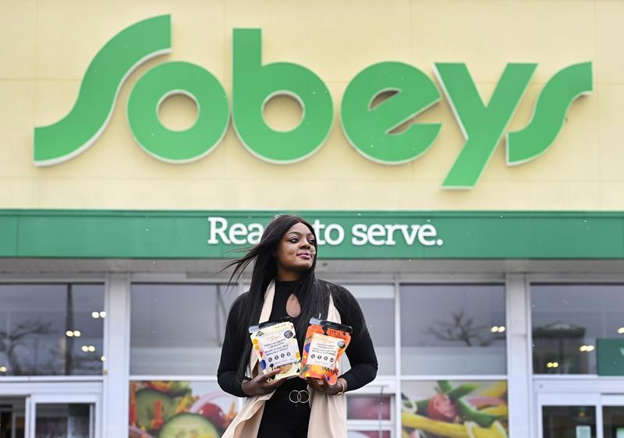
Dr. Sylvain Charlebois, a visiting scholar at McGill University and perhaps better known as the Food Professor, has lamented a strange and growing trend among Canadians. It seems that large numbers of especially younger people would prefer a world where grocery chains and food producers operated as non-profits and, ideally, were owned by governments.
Sure, some of them have probably heard stories about the empty shelves and rationing in Soviet-era food stores. But that’s just because “real” communism has never been tried.
In a slightly different context, University of Toronto Professor Joseph Heath recently responded to an adjacent (and popular) belief that there’s no reason we can’t grow all our food in publicly-owned farms right on our city streets and parks:
“Unfortunately, they do have answers, and anyone who stops to think for a minute will know what they are. It’s not difficult to calculate the amount of agricultural land that is required to support the population of a large urban area (such as Tokyo, where Saitō lives). All of the farms in Japan combined produce only enough food to sustain 38% of the Japanese population. This is all so obvious that it feels stupid even to be pointing it out.”
Sure, food prices have been rising. Here’s a screenshot from Statistics Canada’s Consumer Price Index price trends page. As you can see, the 12-month percentage change of the food component of the CPI is currently at 3.4 percent. That’s kind of inseparable from inflation.

But it’s just possible that there’s more going on here than greedy corporate price gouging.
It should be obvious that grocery retailers are subject to volatile supply chain costs. According to Statistics Canada, as of June 2025, for example, the price of “livestock and animal products” had increased by 130 percent over their 2007 prices. And “crops” saw a 67 percent increase over that same period. Grocers also have to lay out for higher packaging material costs that include an extra 35 percent (since 2021) for “foam products for packaging” and 78 percent more for “paperboard containers”.
In the years since 2012, farmers themselves had to deal with 49 percent growth in “commercial seed and plant” prices, 46 percent increases in the cost of production insurance, and a near-tripling of the cost of live cattle.
So should we conclude that Big Grocery is basically an industry whose profits are held to a barely sustainable minimum by macro economic events far beyond their control? Well that’s pretty much what the Retail Council of Canada (RCC) claims. Back in 2023, Competition Bureau Canada published a lengthy response from the RCC to the consultation on the Market study of retail grocery.
The piece made a compelling argument that food sales deliver razor-thin profit margins which are balanced by the sale of more lucrative non-food products like cosmetics.
However, things may not be quite as simple as the RCC presents them. For instance:
- While it’s true that the large number of supermarket chains in Canada suggests there’s little concentration in the sector, the fact is that most independents buy their stock as wholesale from the largest companies.
- The report pointed to Costco and Walmart as proof that new competitors can easily enter the market, but those decades-old well-financed expansions prove little about the way the modern market works. And online grocery shopping in Canada is still far from established.
- Consolidated reporting methods would make it hard to substantiate some of the report’s claims of ultra-thin profit margins on food.
- The fact that grocers are passing on costs selectively through promotional strategies, private-label pricing, and shrinkflation adjustments suggests that they retain at least some control over their supplier costs.
- The claim that Canada’s food price inflation is more or less the same as in other peer countries was true in 2022. But we’ve since seen higher inflation here than, for instance, in the U.S.
Nevertheless, there’s vanishingly little evidence to support claims of outright price gouging. Rising supply chain costs are real and even high-end estimates of Loblaw, Metro, and Sobeys net profit margins are in the two to five percent range. That’s hardly robber baron territory.
What probably is happening is some opportunistic margin-taking through various selective pricing strategies. And at least some price collusion has been confirmed.
How much might such measures have cost the average Canadian family? A reasonable estimate places the figure at between $150 and $350 a year. That’s real money, but it’s hardly enough to justify gutting the entire free market in favor of some suicidal system of central planning and control.
-

 Opinion1 day ago
Opinion1 day agoJordan Peterson needs prayers as he battles serious health issues, daughter Mikhaila says
-
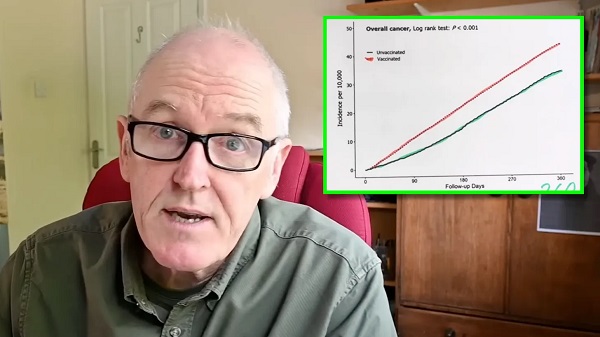
 COVID-191 day ago
COVID-191 day agoDevastating COVID-19 Vaccine Side Effect Confirmed by New Data: Study
-

 Censorship Industrial Complex1 day ago
Censorship Industrial Complex1 day agoWinnipeg Universities Flunk The Free Speech Test
-
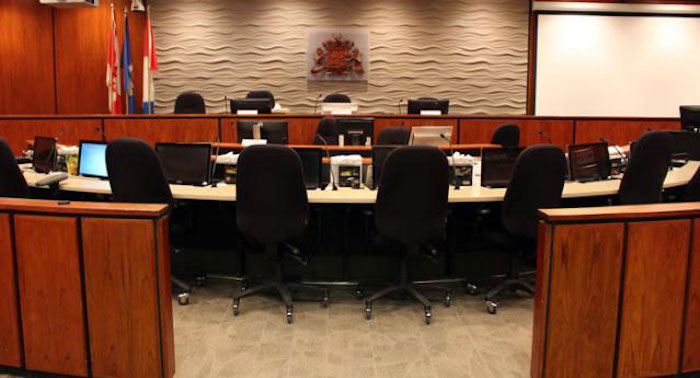
 Red Deer23 hours ago
Red Deer23 hours agoThe City of Red Deer’s Financial Troubles: Here Are The Candidates I Am Voting For And Why.
-
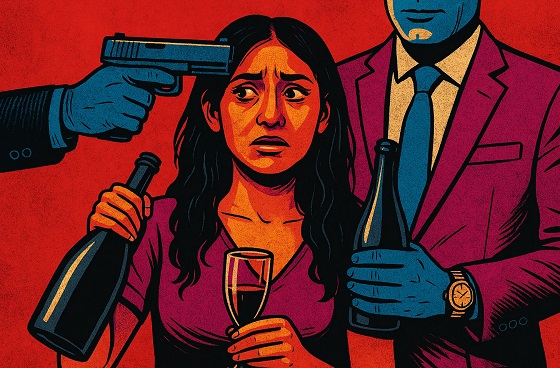
 Crime1 day ago
Crime1 day agoThe Bureau Exclusive: Chinese–Mexican Syndicate Shipping Methods Exposed — Vancouver as a Global Meth Hub
-
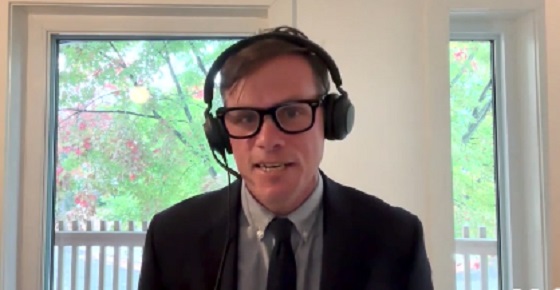
 Crime1 day ago
Crime1 day agoCanadian Sovereignty at Stake: Stunning Testimony at Security Hearing in Ottawa from Sam Cooper
-

 Business22 hours ago
Business22 hours agoCanada Post is failing Canadians—time to privatize it
-

 Haultain Research1 day ago
Haultain Research1 day agoInclusion and Disorder: Unlearned Lessons from Palestinian Protests








